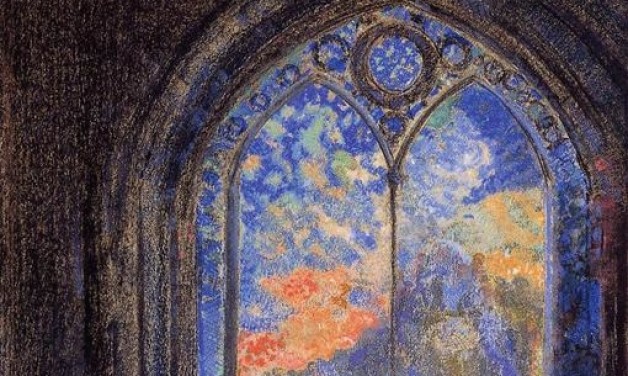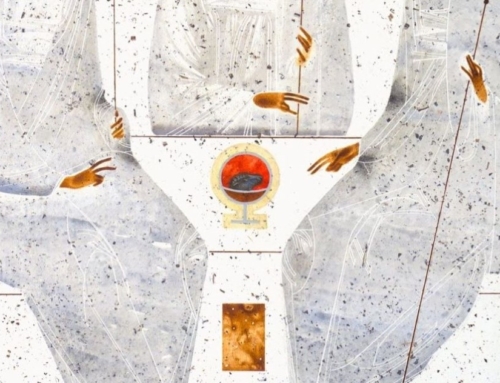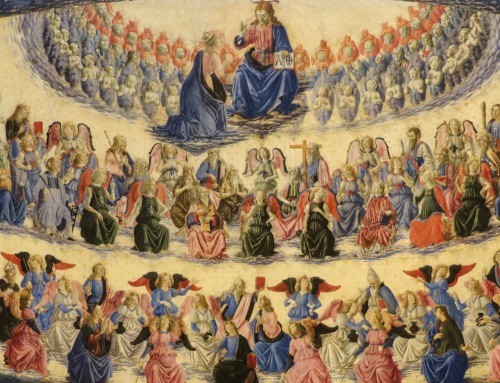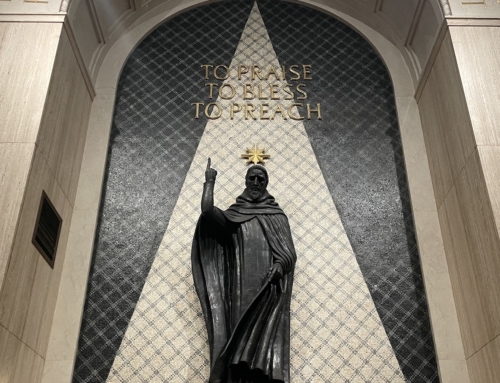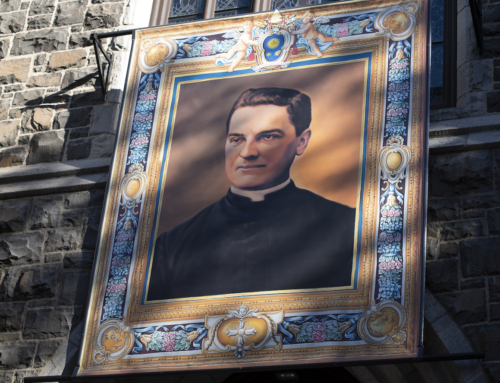One of my favorite pastimes is to ponder a good brain teaser. I’ve never been particularly successful solving them; in fact, it’s rare that I figure one out on my own. But I do enjoy the solutions. There is often a certain elegance to them, as apparent contradictions are resolved and impossibilities are neatly avoided. While most teasers are solved by an ingenious stratagem or a clever point of view, occasionally the apparent contradictions that started the puzzle won’t quite disappear. Instead, they coalesce into a single paradox, something that can’t possibly be and yet is.
Even among kinds of paradoxes, not all are equal. Some exist because they lack any real content. Taken in isolation, the statement “This statement is false” is paradoxical—if true, it must be false and, if false, true. But ultimately it is a meaningless self-reference, empty of any substance. Some other, more unique paradoxes exist not because they lack meaning, but because they point to more meaning that we can wholly comprehend. Light is both a wave and a particle, and yet not fully either. We want the best for those we love, and yet we hurt those we love the most. Such paradoxes are not empty, but too full; they point to a reality beyond our natural understanding.
The Christian Faith itself sometimes looks more like a brain teaser than a concrete system of belief, and the paradoxes of its doctrines don’t ever disappear. We believe, as Ross Douthat puts it, that
Jesus Christ was divine and human all at once, that the Absolute is somehow Three as well as One, that God is omnipotent and omniscient and yet nonetheless leaves us free to choose between good and evil. We assert that the God of the Old Testament, jealous and punitive, is somehow identical to the New Testament’s God of love and mercy.
These signs of contradiction might seem to leave us in the dark, yet they are the light to the nations. The Divine absurdities of Love are so full of the wisdom of God that they are beyond the wisdom of men. And so we give them a special name: we call them Mysteries.
Mysteries, because they are hidden from our sight and yet fundamental. The Christian creed is not self-contained and closed but has at its heart a paradox—that of the God-Man who died and yet lives—which distinguishes it from any other creed. In this, the Cross is the perfect image. “Though it has at its heart a collision and a contradiction,” G.K. Chesterton writes, “it can extend its four arms for ever without altering its shape. Because it has a paradox in its center it can grow without changing.”
The Church in Her wisdom constantly draws us back to the secret of these mysteries, never allowing us to forget them. The rhythms of the liturgical year echo the Incarnation, the Passion, the Resurrection. They find a reflection in the life of each saint we celebrate. And in a particularly profound manner, the prayer of the Rosary focuses our vision upon these mysteries through the eyes of the woman closest to them.
These mysteries are greater than us, because they are God’s revelation of Himself to us. As the Psalmist says they are “too wonderful for me … too high, beyond my reach” (Ps 139:6), and we can never hope to fully embrace their meaning; instead, we can hope to be embraced by them. Left to our own devices it is not we who reach God, but God who reaches us. To contemplate the mysteries of God, to direct our gaze toward the light of His ineffable goodness, is both the work of a lifetime here on earth and the eternal reward awaiting us in heaven.
✠
Image: Odilon Redon, Stained Glass Window (The Mysterious Garden)

